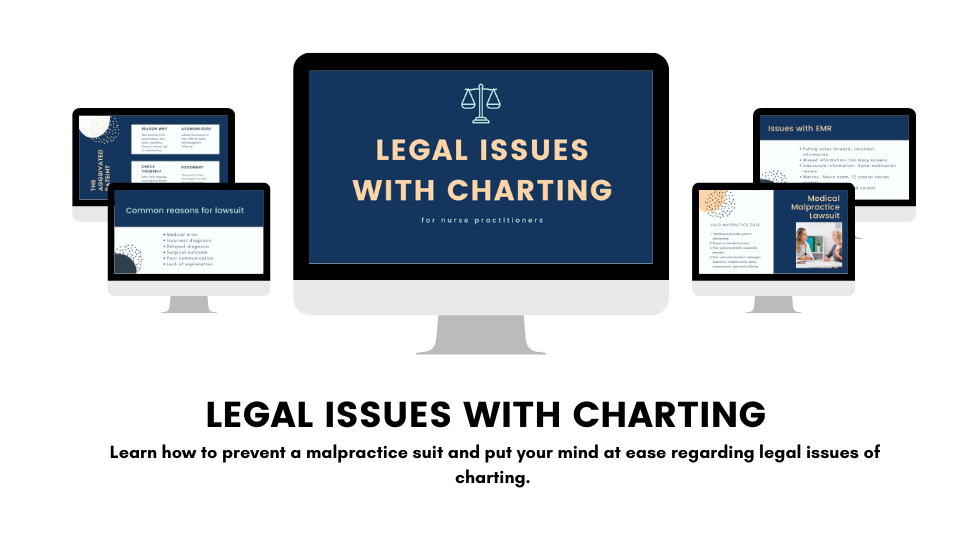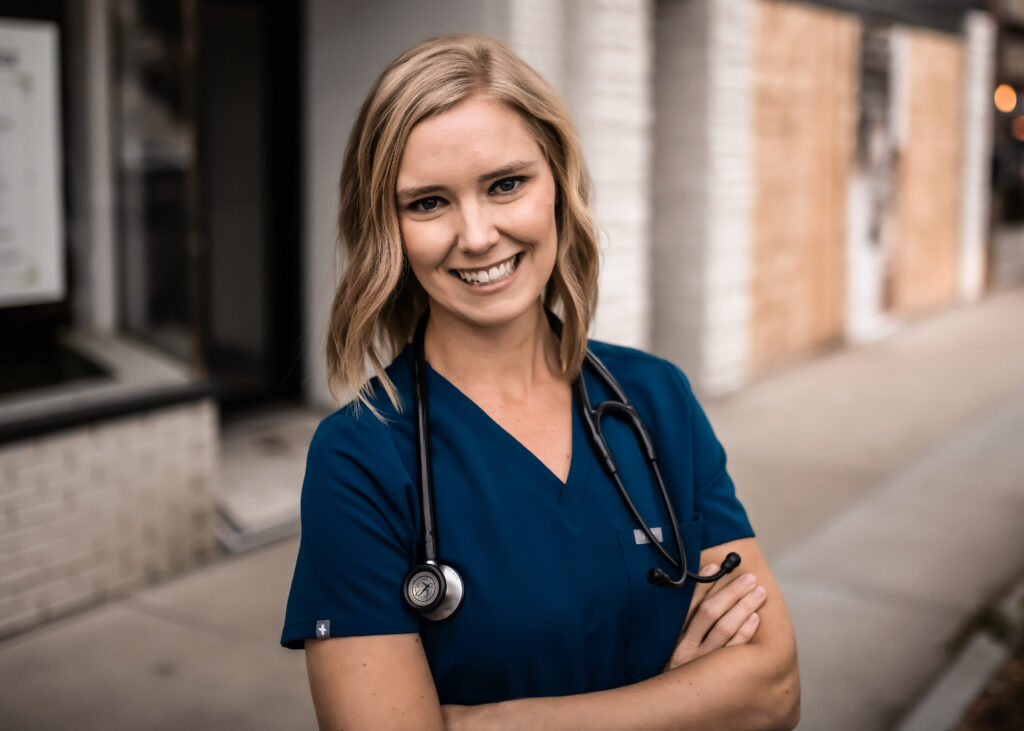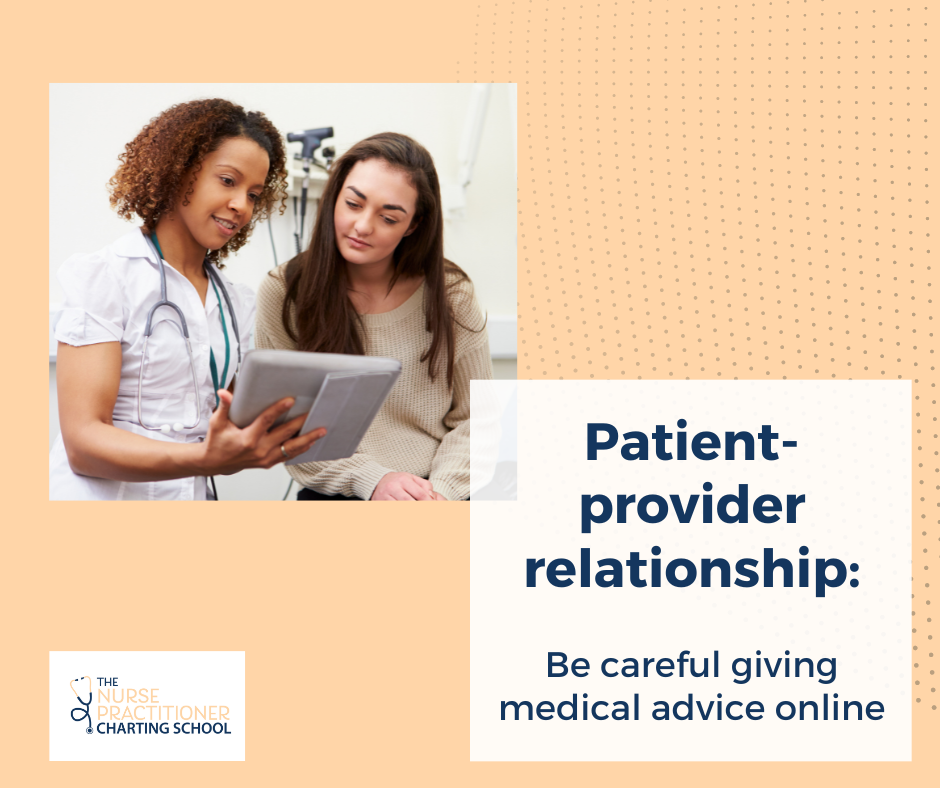In the modern healthcare system, a nurse practitioner (NP) plays a vital (pun intended) role in caring for patients. Their extensive medical knowledge, coupled with a compassionate approach, makes them indispensable members of the healthcare team. Nurse practitioners are known for strong patient-provider relationships and providing exceptional patient-centered care.
But in this world of modern technology, nurse practitioners need to be careful about what advice they are providing while outside their place of employment. When giving advice through social media or in social settings, APRNs may actually establish a patient-provider relationship without being aware of the consequences. Once a professional relationship is created, the nurse practitioner can be held liable. This article will focus on protecting ourselves as nurse practitioners.
What constitutes a patient-provider relationship?
A patient-provider relationship forms when a nurse practitioner provides medical support or advice to a patient. The role of the nurse practitioner is to intake information, assess, diagnose, and treat the patient. It does not matter where that interaction takes place. The “patient” does not necessarily have to be established within the clinic/hospital where the NP works.
This is where nurse practitioners need to be careful. Think about if a friend or peer approaches the nurse practitioner at a child’s school event or social setting, and asks a medical question. Maybe the person wants the nurse practitioner to look at a rash. Or ask if they can be prescribed an antibiotic for an acute illness. Or ask for a second opinion about a new medication that was started.
The nurse practitioner should be very careful how they respond. If the APRN asks questions, looks at the rash, gives a medical opinion, or provides treatment options, this is technically establishing a patient-provider relationship.
It seems like an innocent, brief offering of medical advice, but it is something nurse practitioners need to be very cautious about. If an unfortunate event happens, the nurse practitioner may find themselves involved in a malpractice case and held liable for the medical advice that was provided.
What counts as a valid malpractice case?
Let’s take a look at the four components that have to be proved true in order to have a valid malpractice case.
- 1. Patient-provider relationship.
- 2. Breach in the standard of care.
- 3. Poor outcome directly caused by treatment from the provider.
- 4. Poor outcome resulted in damages- medical costs, loss of job, pain and suffering.
The first of these components is a patient-provider relationship. As previously mentioned, this may not be a “formal” relationship. Ideally, the patient comes to see you in the clinic or hospital setting to establish that patient-provider relationship. But a patient-provider relationship can be formed through any interaction (formal or informal) involving assessing, diagnosing, or treating a person.
Negatives of establishing an informal patient-provider relationship
Think about if a nurse practitioner read a social media post but was not provided with a complete medical history or home medication list. As providers, we know this medical history and medications can alter our medical decision making. But not having that information can create issues and potentially negative outcomes.
The person who posted the social media post asking for advice may also take what the nurse practitioner had to say and create a “he-said/she-said” scenario. Maybe the nurse practitioner told the “patient” the medical condition was not a big deal when unfortunately, the patient suffered from a complication. The patient may mention the social media post saying “This nurse practitioner said I was fine.” See how this can cause some legal issues?
Protect yourself in a patient-provider relationship.
So how can nurse practitioners protect themselves when it comes to establishing an informal patient-provider relationship? The main point is to be very cautious about any medical advice provided outside of the medical institution.
I cringe every time I see a social media post from a non healthcare individual asking for medical advice and replies from nurse practitioners providing their insight. As nurse practitioners, we can to be compassionate and help people. Even if this is causally on social media, it still technically establishes a patient-provider relationship. I encourage nurse practitioners to be very cautious about providing medical advice online.
When approached by a family or community member, avoid providing direct medical advice. Ask them to schedule an appointment with their provider for further evaluation and treatment. I find this difficult to do as I live in a small community and people know I am a nurse practitioner. I don’t want to be rude or not helpful when the “patient” is obviously worried about something.
I want to help people, but I have to be very cautious about what I say. I worked really hard to obtain my nurse practitioner certification and license, I don’t want to lose it over something like a short, social interaction. Do you agree?
Tips for legal issues with charting
As previously mentioned, nurse practitioners are not immune to a medical malpractice suit. Sometimes the APRN is in the wrong place at the wrong time. But utilize these tips for doing your best to avoid a negative outcome of a medical malpractice case.
To learn more about avoiding a negative medical malpractice case, check out Legal Issues with Charting.

This online, self-study course will teach you
- Common reasons healthcare providers get sued.
- What actually makes a valid malpractice case.
- The steps of a malpractice case.
- Charting tips and wording to use/avoid to prevent a malpractice case.
Plus an exclusive presentation from a Legal Nurse Consultant!
Elisa Collins, MSN, APRN, FNP-C, ALNC, NP-CL shares her knowledge of healthcare and malpractice cases! Elisa gives applicable tips for NPs to protect themselves through clinical and documentation practices.
In this sixty minute presentation: Mitigating Your Liability Through Strategic Documentation
Elisa breaks down:
- Percentage of cases that actually go to court
- Discussion of most commonly litigated conditions (you need to know this!)
- Do’s and Don’ts of documentation to protect yourself
- And so much more!
Learn how to prevent a malpractice case and put your mind at ease by investing in
The Legal Issues with Charting Course

Erica D the NP is a family nurse practitioner and The Nurse Practitioner Charting Coach. Erica helps nurse practitioners STOP charting at home! Erica created The Nurse Practitioner Charting School to be the one stop for all documentation resources created specifically for nurse practitioners. Learn more at www.npchartingschool.com
Follow on Facebook: The Nurse Practitioner Charting SchoolAnd on Instagram: @npchartingschool
Free training: 4 charting tips to help nurse practitioners get their time back! Sign up here!



